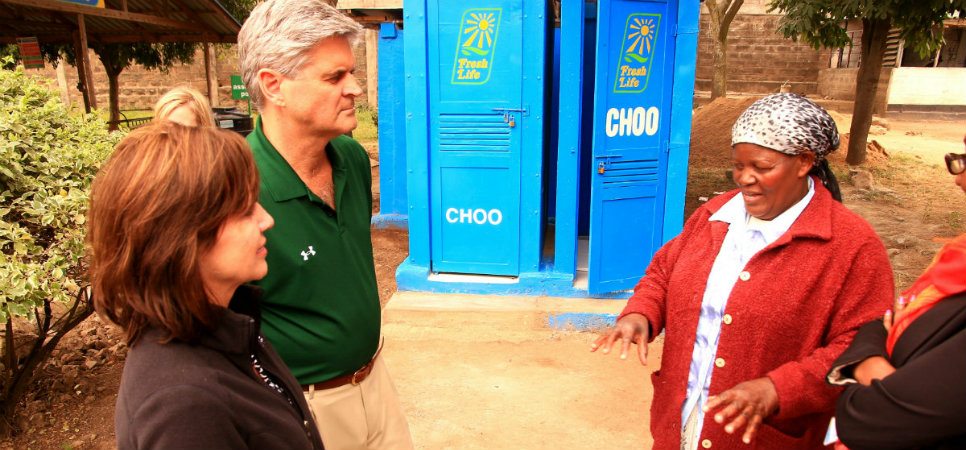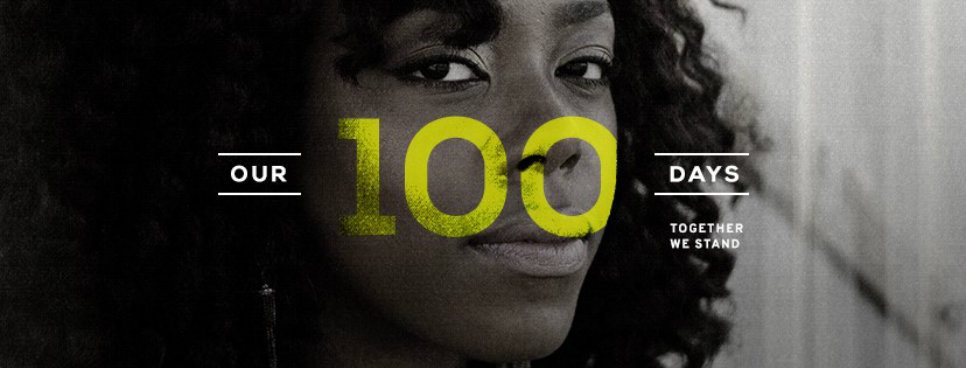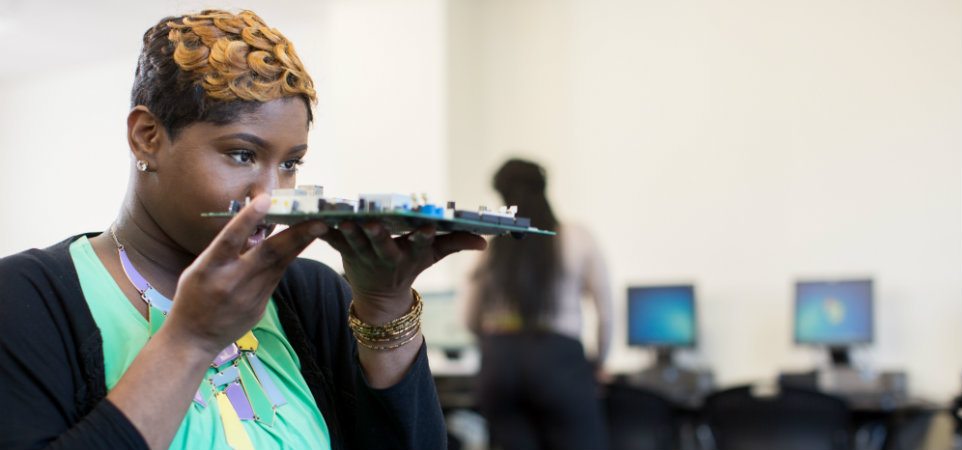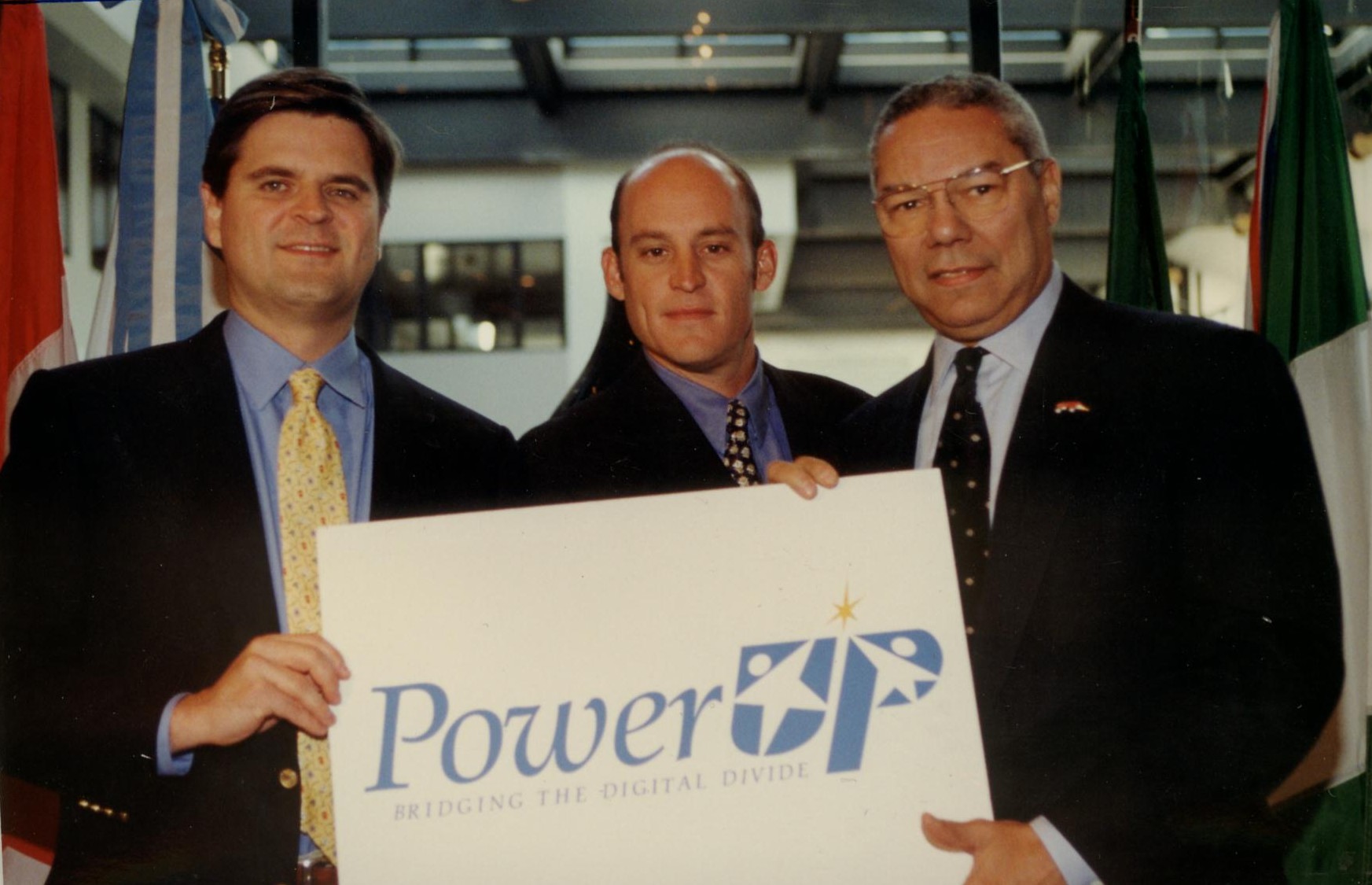Through the first 20 years of the Case Foundation, we’ve covered a lot of ground and been to a lot of places. Along the way, we have found that innovations come from people and places that might surprise you. While news reports focus on the power of Silicon Valley or financial centers like New York and London, we have found numerous great ideas and passionate innovators in places policymakers, funders and trend watchers have often overlooked.
Three U.S. cities are great examples of the excitement and innovation that we have found:
Pittsburgh: In Pittsburgh, we found a unique combination of incubators, accelerators, universities, tech companies and investors, driving this former steel town to experience a resurgence in the form of a technology boom. While many still think of Pittsburgh as the Steel City, the engineer and technology ecosystem that has sprung up in the aftermath of the collapse of the steel industry in the 1980s is one of the reasons that Ford pledged in February to invest $1 billion over five years in a Pittsburgh-based company specializing in artificial intelligence and autonomous car engineering. This community of innovators, incubators and educators is creating a wide range of interesting projects. Pittsburgh innovators we met ranged from Courtney Williamson, founder of AbiliLife, a biomedical company that engineer’s devices for Parkinson’s patients to Vaish Krishnamurthy of CleanRobotics, whose Trash bot uses artificial intelligence to sort recyclables from waste, to Matthew Stanton and Hahna Alexander, cofounders of SolePower*, a technology that uses a foot-powered energy generating insole that can be used to charge portable devices—something of particular interest to the U.S. Army. Even the accelerators in Pittsburgh like AlphaLab Gear bring a unique vision that reflects the best of the region where they are located, supporting hundreds of innovators, expanding understanding of the excellence of the companies in the area and attracting significant outside capital to the region.
Durham: On our recent visit to Durham, we found a renaissance is occurring in the city. Yes, there are tech stories to tout, but the real story is of citizens, companies, institutions and Duke University coming together to invest, expand and reclaim downtown Durham for growth while ensuring that all that defines this community as a thriving, American town includes those who have stayed and those that played a role in making Durham, well…Durham.
At American Underground hundreds of entrepreneurs—from single person startups to ventures like Fidelity Labs, Fidelity’s R&D and innovation catalyst unit—sit side-by-side, creating new companies and pursuing new business ideas in a space where they can also receive the training, accelerator classes and support from Google for Entrepreneurs that rising startups need to take their great ideas to the next level. And we saw the American Tobacco Campus, where local business leaders had transformed the abandoned corporate headquarters of the company that marketed “Lucky Strikes” into a multifaceted center that housed restaurants, businesses and cultural hubs—like the local NPR affiliate and the YMCA—that are helping fuel the dynamic ecosystem that downtown Durham has become.
Detroit: Detroit’s rebirth can only be described as epic. Left for dead by most after the 2008 economic crisis, visionaries like Quicken Loans founder Dan Gilbert and entrepreneur Tom Kartsotis have helped not only build strong companies, but create thousands of jobs for out-of-work Detroit citizens, giving them an opportunity to prosper as part of the modern economy. Gilbert, who moved Quicken Loans and all of its employees to Detroit, has invested heavily in Detroit real estate, helped dozens of startups, and now employs an estimated 12,500 people. (daveseminara.com) The portraits of those who have found jobs at the companies that have started in Detroit since the Great Recession or started businesses that are fueled by this resurgence highlight how new skills and a new way of thinking about work is being created in the shadows of the once great automobile industry. Detroit’s renaissance is also thanks to the visionary collaboration between the private sector and leading philanthropies, including our colleagues at the Kresge, Ford and Kellogg Foundations. Their work in bringing all sectors of the society to the table is a key to the broad based impact the economic and social revitalization has has had. Detroit has a long way to go, but the new ideas and optimism coming from this city sets a great model for others to follow.
While the names of the local startups and visionaries are often the first thing that one remembers from these trips, one of the great advantages these cities have is community and all the diversity of actors that brings with it. It is as if they have chosen to turn their backs on the “go it alone” mentality and see a competitive advantage in getting as many sectors of their society as engaged as possible. In Pittsburgh, the role of Carnegie Mellon and the University of Pittsburgh, as well the role of Deloitte, Accenture and Barclays in innovation initiatives cannot be left out of a proper telling of the rebirth in Pittsburgh. While touring the American Underground facility in Durham with Doug Speight, the CODE2040 Entrepreneur in Residence and guru behind many Durham startups including Cathedral Leasing, he mentioned that women lead 29 percent of the projects housed in American Underground’s Durham sites and 28 percent are minority led. This was evident as we walked the hallways, and it makes American Underground one of the most diverse incubators in America, reflecting the fabric of the Durham experience. And the breadth of the players involved in rebuilding Detroit—from automobile companies to community organizers and political leaders, to philanthropists and entrepreneurs—highlights both the scale of the task and how they are committed to ensure as many as possible share in the benefits of rebuilding as possible.
This spirit is not limited to the United States. Great ideas and innovation, informed by the unique perspective that different lifestyles and backgrounds bring, are found worldwide.
While touring Africa, we met numerous entrepreneurs who were crafting new innovations informed directly from their personal experiences. In Nairobi, we visited a sanitation company, Sanergy. Sanergy’s vision is bold and robust: attack a massive hygiene and sanitation problem across communities by not only providing toilets to underserved areas, but by building a comprehensive entrepreneurship-driven model that creates jobs in underserved communities. Converting the waste into organic fertilizer, insect-based animal feed, and renewable energy, Sanergy’s model is emblematic of new approaches we saw throughout Africa.
In Iceland, I met Thor Sigfusson, the leader of the Iceland Ocean Cluster. This startup accelerator in Reykjavik houses 80 startups that are building businesses to use 100% of the fish—from salmon skin clothing to cosmetic products made of fish bones to nutrition and medical supplements from organs of the fish. The idea is that if more fisherman could capture value from 100 percent of the fish, they would need less fish take to make a living, leading to more sustainable fishing practices for the whole country. And given that Iceland takes 80 million cod out of their waters, their impact could be significant.
And as co-chair of the U.S.-Palestinian Partnership (UPP), a public/private partnership launched after the Annapolis peace talks, I saw firsthand the progress that can be made when communities are given a chance and the tools to innovate. UPP promoted economic and educational opportunities for the Palestinian people in order to facilitate progress toward a two-state solution, wherein Israel and Palestine can live side by side, in peace, security and prosperity. Linking support of young entrepreneurs by world-class tech companies like Google and Cisco, and launching the first-ever Venture Capital fund in the West Bank, represented hope and promise for new economic activity, particularly in the impressive IT sector in the region. This, coupled with affordable loan programs for small businesses, the building of new youth centers, helping to foster tourism, and leading business delegations, contributed to increase economic activity and helped demonstrate that the West Bank is open for business and that great ideas and innovations come from all places, including the West Bank.
These are just a few of the hundreds of examples of innovators and entrepreneurs who are Getting In the Arena in communities worldwide. We have found innovation in all sectors coming from all corners of the world. As we look forward to the next 20 years of work, we believe that the next great ideas will come from these overlooked people and places and, frankly, this makes us more excited than ever to see what they create and to identify what we can do to support their efforts to get the attention, and investment, they deserve.
*Disclosure: Jean and Steve Case are investors in SolePower.




